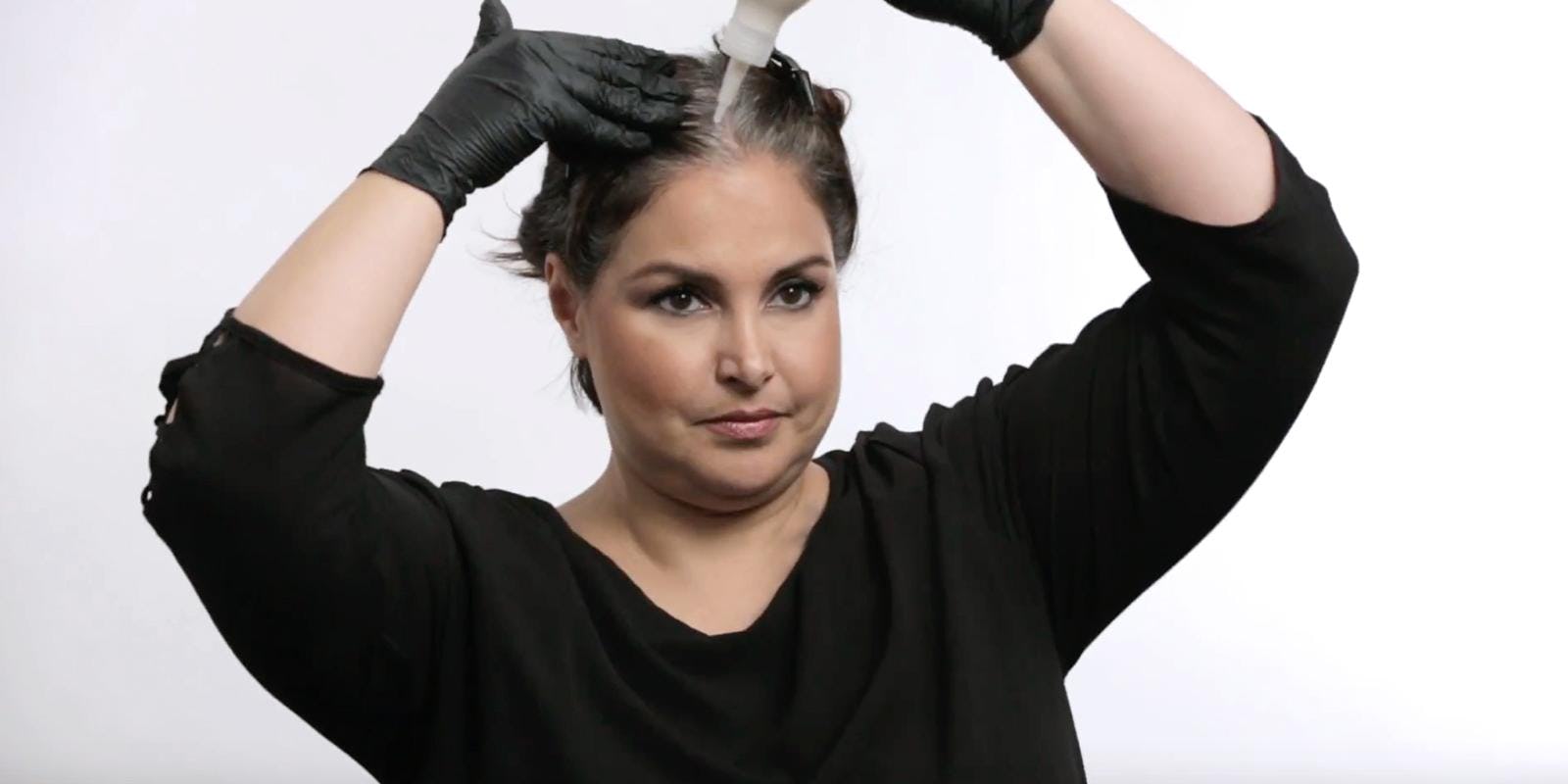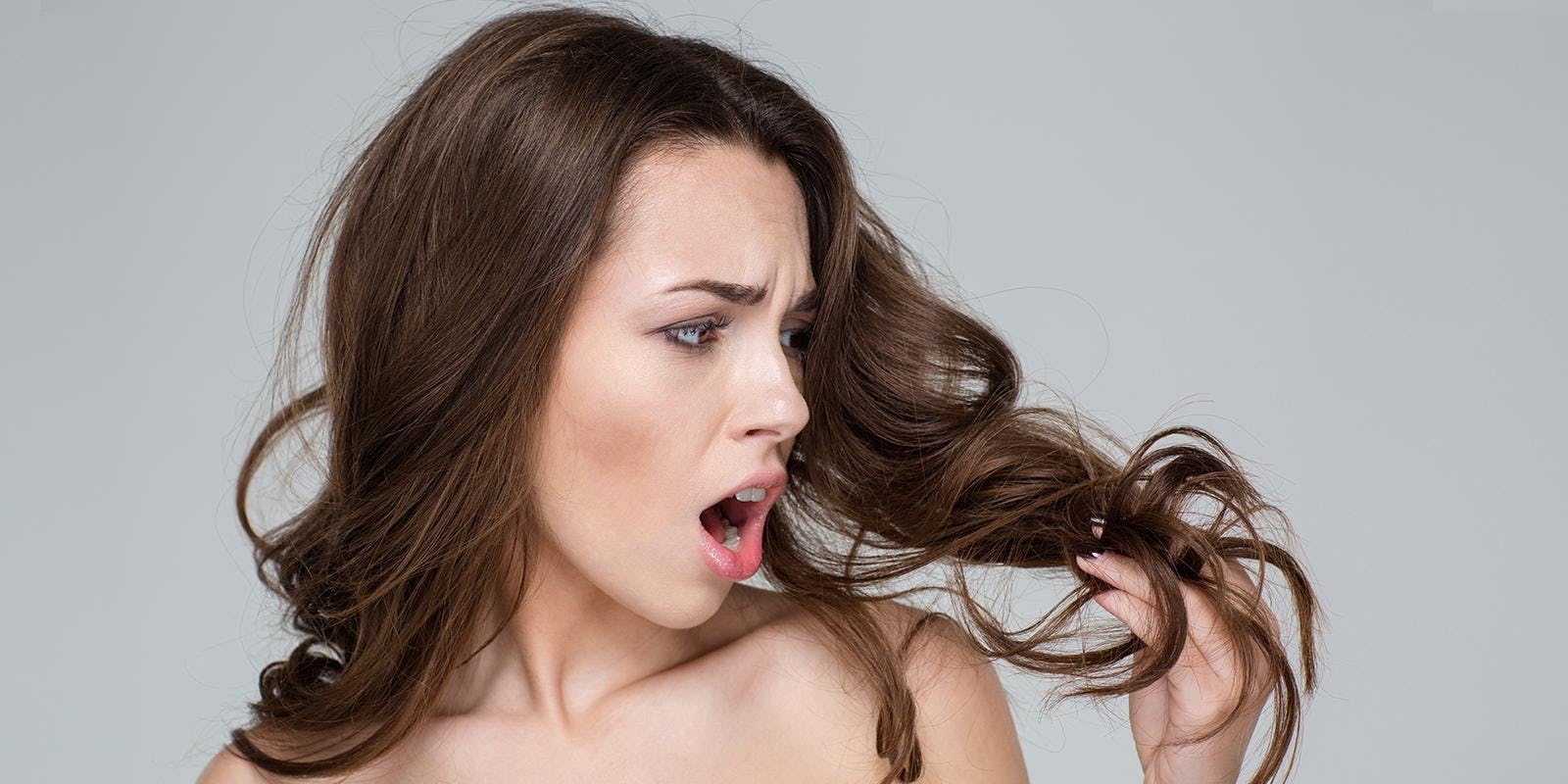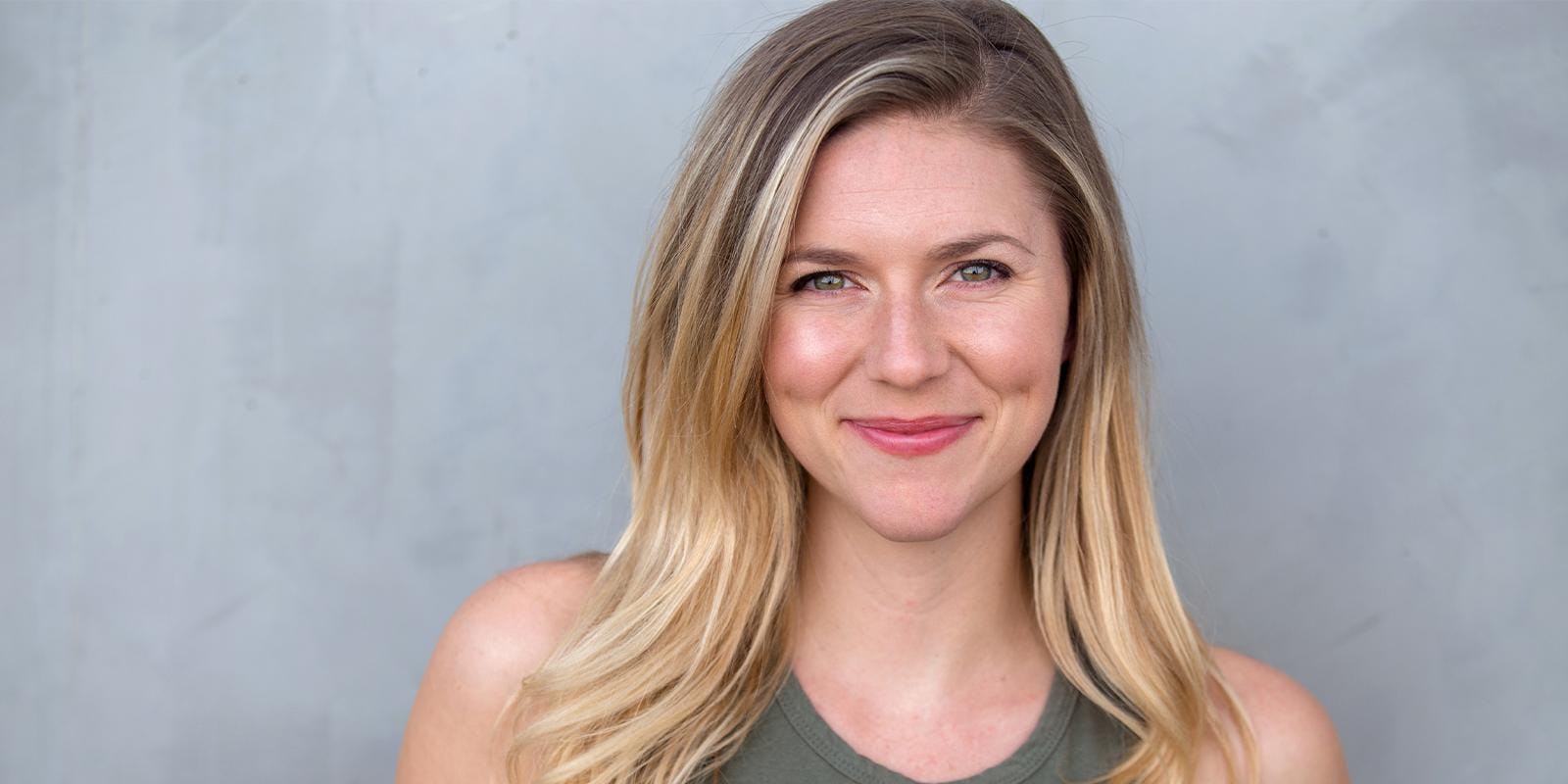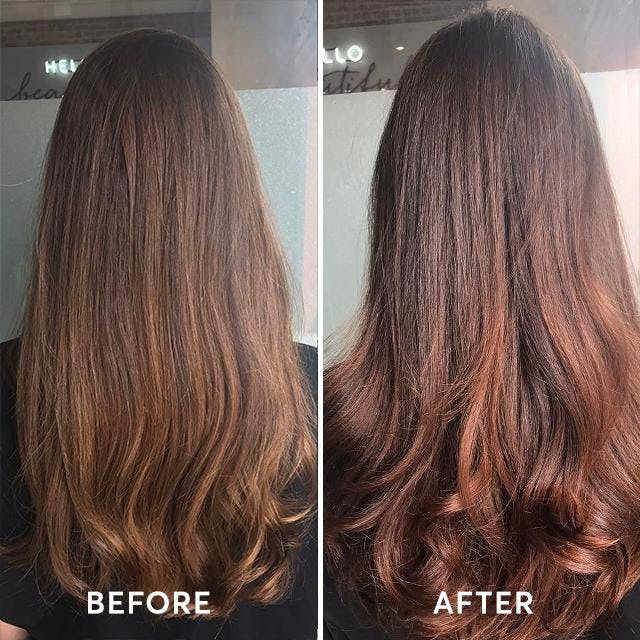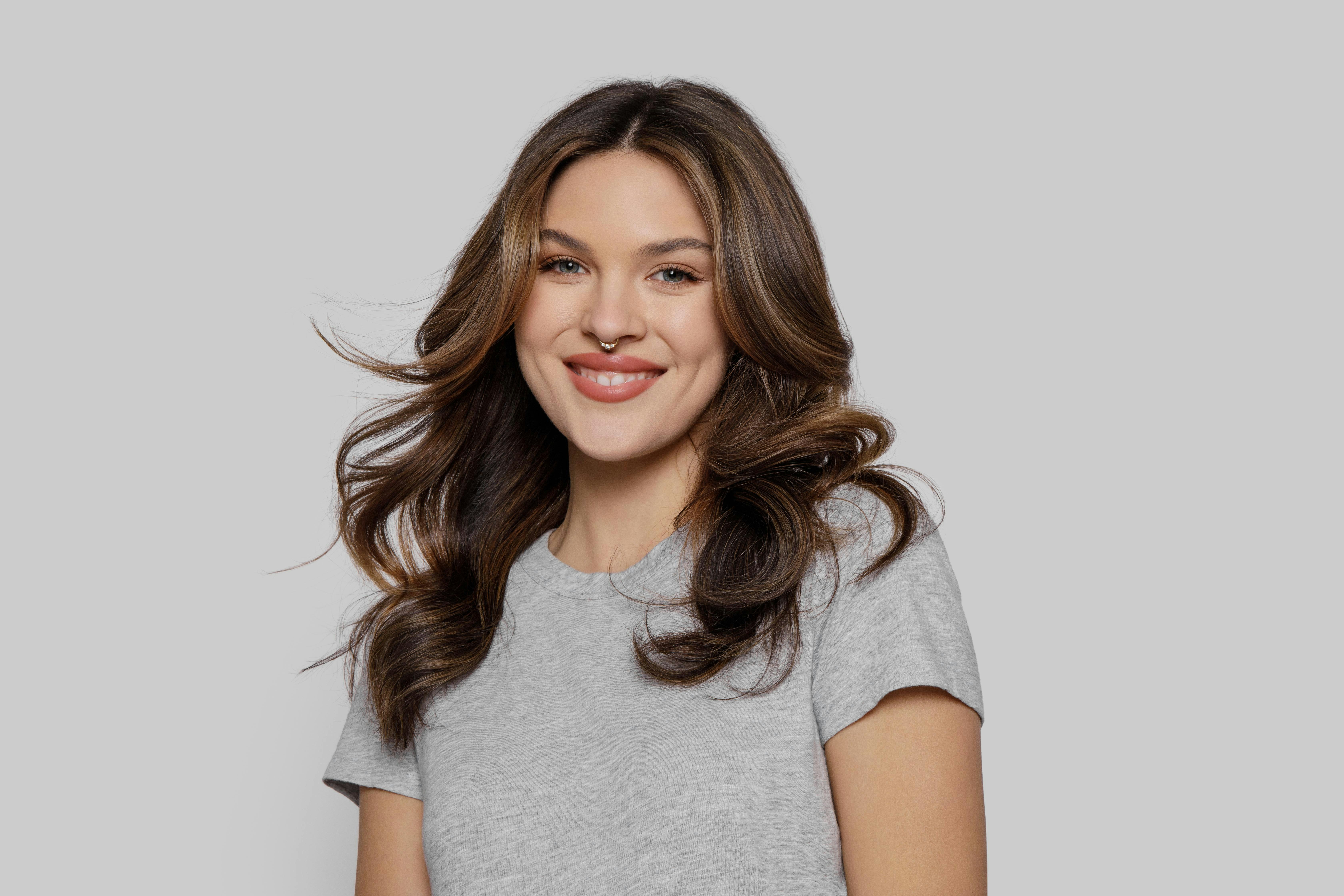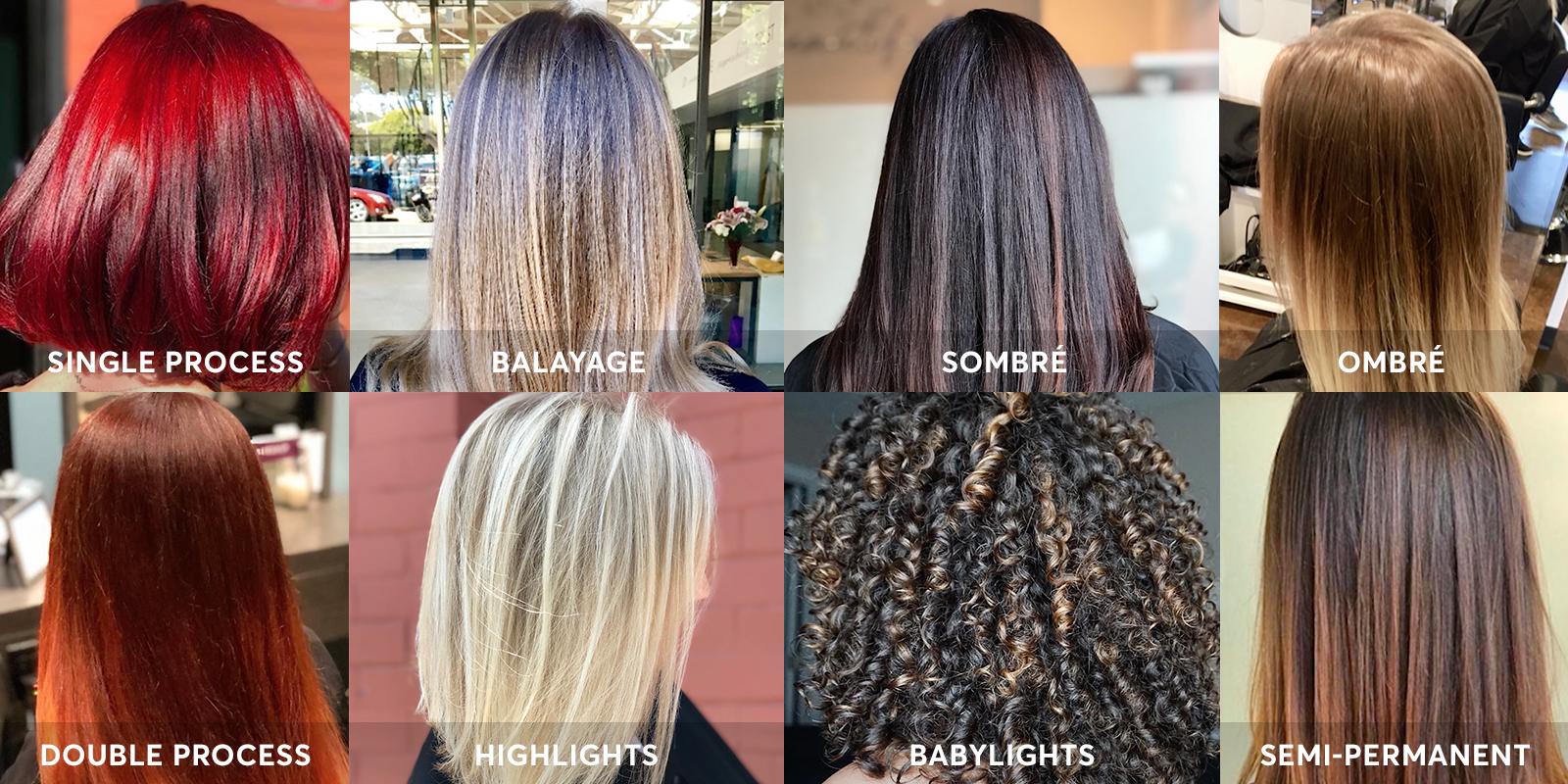Your Biggest Hair Color Problems...Solved
by Susannah Murdock November 03, 2016
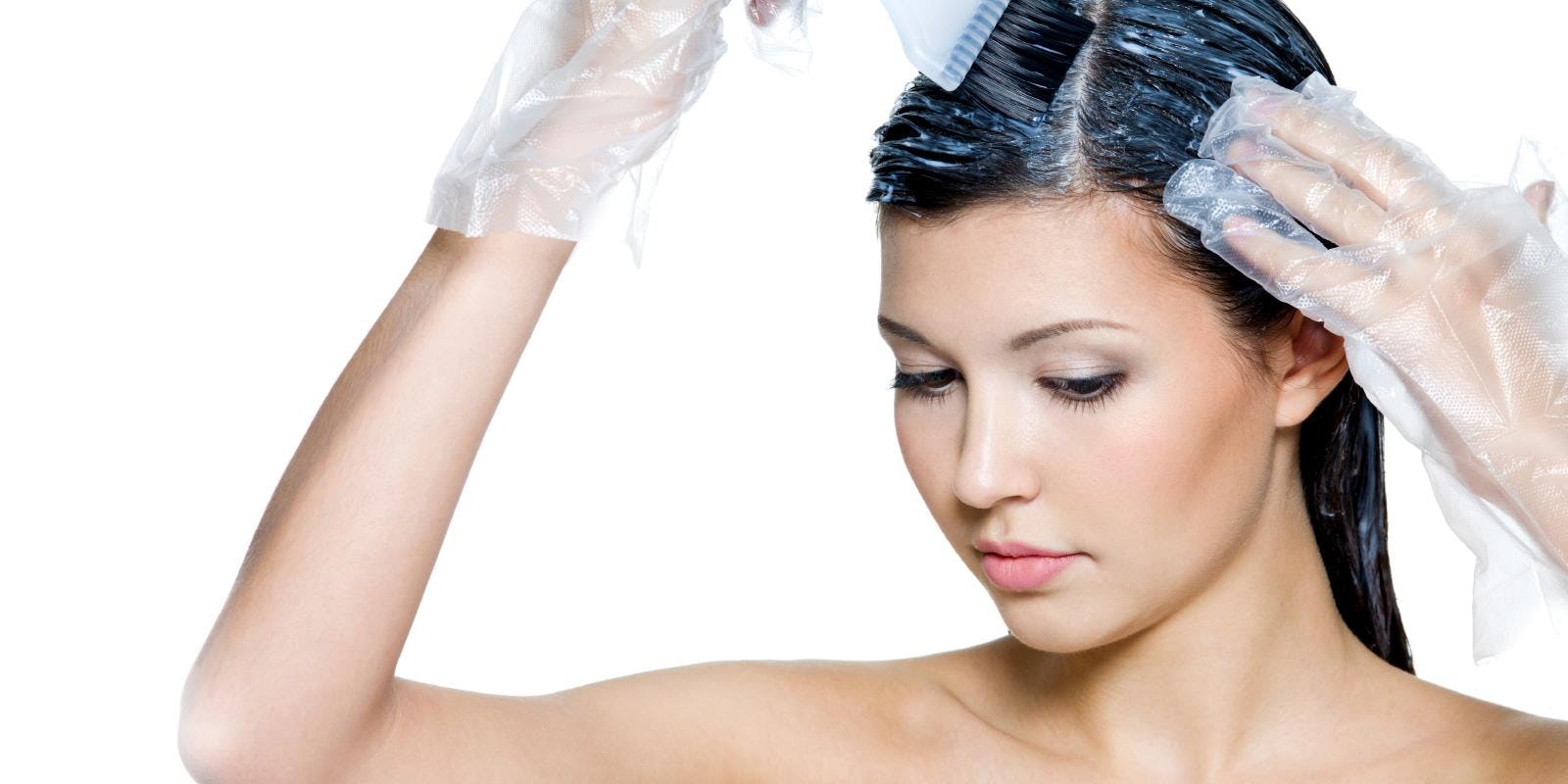
Adobe Stock
From professional salon colorists to first-time, at-home diy-ers, hair color mistakes happen to the best of us. Luckily, we have solutions to the three most common hair color oops, so your crowning glory doesn’t become a hair color sob story.
“My hair color won’t cover my grays!”
Ask anyone with gray hair and they will tell you–gray hair is extremely stubborn and difficult to cover. The reason can be chalked up to texture–gray hair is usually coarser than non-gray hair, and therefore more resistant to absorbing color. Simply put, gray hair needs more time to absorb. Once you know this, you can get great gray coverage by changing the application process. Apply color first to the areas your hair has the most gray, usually the front hairline and natural part in your hair. Then apply to the remaining hair, going back again at the end to the resistant areas. Make sure you saturate your hair with color. It may even be beneficial to add a second tube of color. Use a wide tooth comb or your fingers to massage the color through the hair to ensure each strand is fully saturated. During the process time, use a color cap to trap in heat, and give hair a little more time–up to 15 extra minutes–to absorb the color.
“The ends of my hair color turned out too dark!”
The ends of your hair can turn out darker than the rest of your hair if you color too often from roots to ends. That is, permanent hair color works by opening the hair cuticle and depositing artificial color. If you repeat this process all over, it becomes more difficult to keep the hair cuticle closed toward the older midlength and ends of the hair. Over time, the color will absorb more efficiently into the cortex of the mid-length and ends, eventually building up and appearing denser, darker and duller because the raised cuticle doesn’t reflect light. The best way to prevent this common hair color mistake is by only coloring roots after the initial application of a new color or shade. That way, you will avoid reprocessing hair that has already been colored. This will also help prevent fading, as repeatedly lifting the cuticle to add color can cause hair to become more porous, allowing it to absorb color quicker, but at the same time, it won’t be able to hold color as long, leading to fading. Rather than repeatedly coloring from roots to ends every single time you color, consider only applying permanent hair color to your roots, and just using a gloss to refresh color-treated hair and add shine.
“Why is my hair warmer and lighter at the roots?”
Hot Roots is a stylist term to explain what happens when the roots of your hair are a noticeably warmer, lighter color than the rest of your hair. This happens for one of two reasons:
1. When you try to color previously-colored hair a lighter color.
The natural hair closest to the scalp lifts while the already-colored hair doesn’t.
Solution: Avoid this mistake by choosing a color the same level or darker than your existing color-treated hair, and apply to the roots only.
2. When you try to lighten natural hair all over.
The hair closest to the head lifts lighter and faster than the rest of your hair due to the heat coming off your scalp.
Solution: Avoid this by applying the lighter color to the ends first, as the ends require a longer processing time. Then mix fresh color and apply to the roots only, gradually massaging the color all over from roots to ends, leaving it on for the entire processing time.
And there you have it–easy peasy solutions to the 3 most common hair color mistakes. Of course, doing it yourself doesn’t mean you’re on your own. At Madison Reed, it’s just the opposite. Contact our Color Crew to talk color–it’s their favorite thing to do. Call or email if you have any questions, concerns or just want to chat while your color is processing.
1.855.742.5916
colorcrew@madison-reed.com
